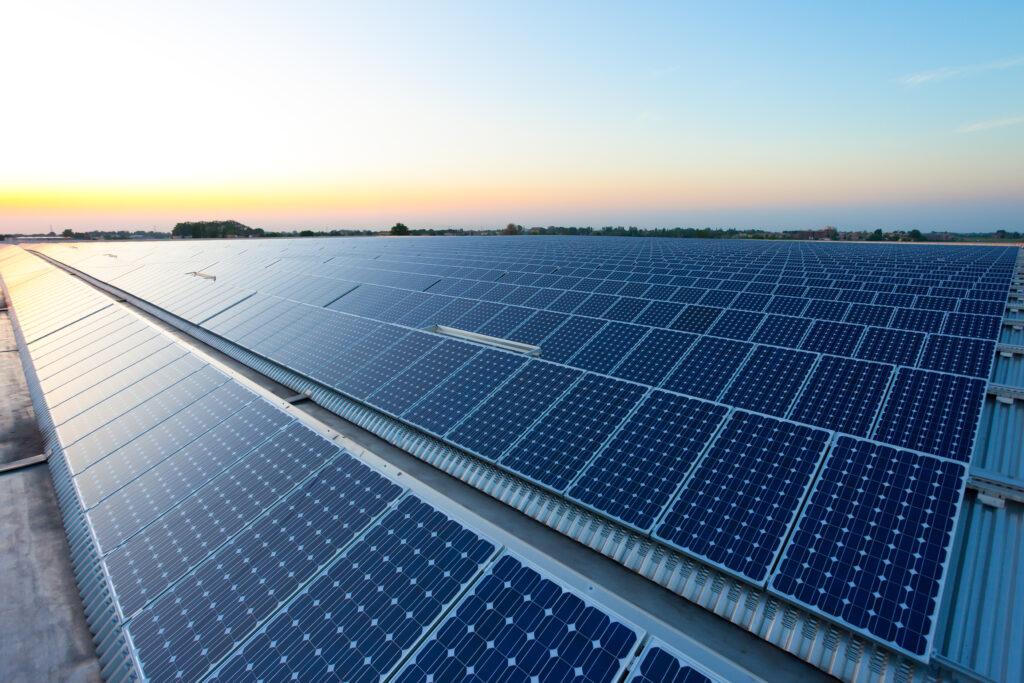Building a Decision-Model for revenue diversification
This leading European Gas Transmission Grid Operator has over a 1000 employees across several nations and an +500M€ EBITDA. It operates one of the most complex asset portfolios in the European market, which is currently undergoing disruptive regulatory changes. We notice an uptake in merger activity and ultimately expect the emergence of new market roles. In this challenging environment, the management team is determined to capture opportunities to innovate and leverage the company’s unique set of strengths and knowhow.
Business Case
Following the introduction of the Entry/Exit-model, the operating model became increasingly virtual and at the same time long-time capacity contracts are being replaced to a short-term commercial model. New revenue models are arising for all market parties including energy producers, suppliers, traders and potentially the TGO.
.

The goal of this project was to build a data-driven decision-model to assess opportunities for the TGO to leverage these market opportunities. Model inputs to include were: operational structure; sourcing and portfolio management strategies; pricing models; risk quantification and encapsulation of responsibilities across the value chain. Special attention was given to current expert predictions on the rate of adoption of new technologies and their inclusion in market regulation regarding TGO activities.
The intended gain for our client was clearly to increase and/or diversify its revenues. Building an enhanced relationship with its most significant energy consumers will prove of future strategic value and fits into the ongoing transformation to a consumer-led market.
Results
We investigated what sourcing strategies are profitable for which market parties, focusing on large end-consumers and taking into account operational costs and risks such as price volatility and portfolio imbalance. The resulting decision-making model includes a quantified market potential for more than 200 consumers with over 1500 locations on both the transmission and distribution grid that consume over 1 Billion € in energy on a yearly basis.
This serves as a tool to segment the end-consumer population to define target groups for new services and accompanying revenue models. The multi-dimensional segmentation model also provides our client with an overview of the qualitative information needed to decide on the introduction of new services. This includes risk quantifications, potential operational models and partner assessments.
Deliverables
The project was structured around 3 workstreams: Sourcing, Consumption & Operations.
Data sources from the client & irex were combined to create a set of research goals. Assumptions regarding the unknowns and out-of-scope elements were discussed with the client before commencing the study. The client expressed the need for a high-paced throughput. This resulted in a tight three-month project schedule to deliver the model and transfer the insights in 4 client workshops. The workshops were built around a coherent part of the results story and included different groups of the client’s employees in terms of function and hierarchy level to create an informed feedback medium.
Activities that led up to the results include:
- Preparation of the data-sets: Extract, transform, merge, anonymize and filter
- Benchmark of sourcing & operations costs
- Modelling of consumption patterns and assessment of the portfolio forecast-ability
- Risk quantification: imbalance, price volatility, counterparty, forecasting error
- Operating model: in- versus outsourcing of activities, buy versus make of software
We finished the project with a full-detail discussion of two complex consumer cases to raise understanding on how the model can be put to practice and the impact of tuning its variables.
In this project irex Consulting provided four elements for success:
- Experience in keeping a diverse team of consultants goal-focused during a high-paced project with constant client feedback.
- Knowledge regarding the operations of the client’s main stakeholders, i.e. the consumers on their network and the suppliers that act as middlemen to procure energy for a portfolio of consumers.
- Data from our own proprietary databases to fill in blanks in the data-sets of our client.
- Skills that were required to achieve the results such as: advanced data analytics, stakeholder and project management, results synthesis and presentation, simulation and parametrized model building.
The client showed great satisfaction from the project’s results including our ability to leverage its feedback, provide insight into its external stakeholders and summarize our results. irex is confident that our continued partnership will provide long-term client benefits.
irex Consulting > Energy > Building a Decision-Model for revenue diversification














